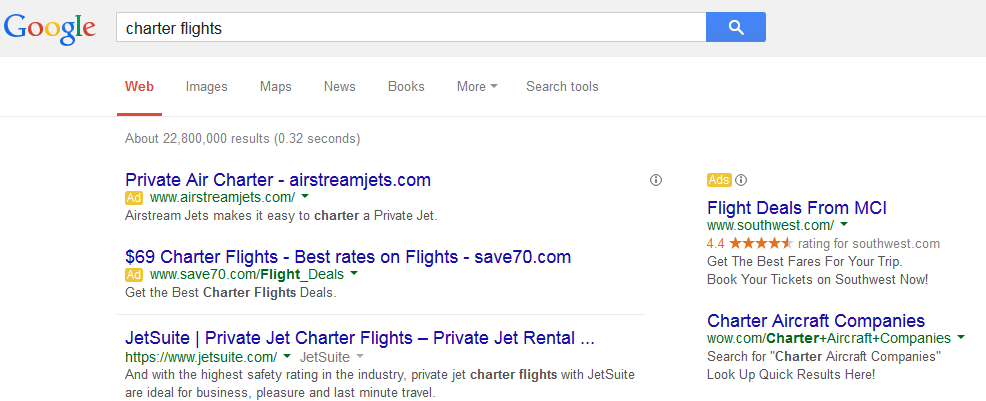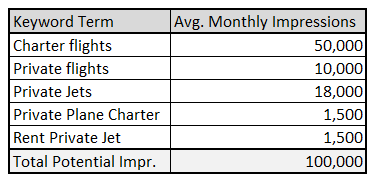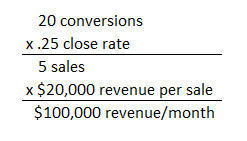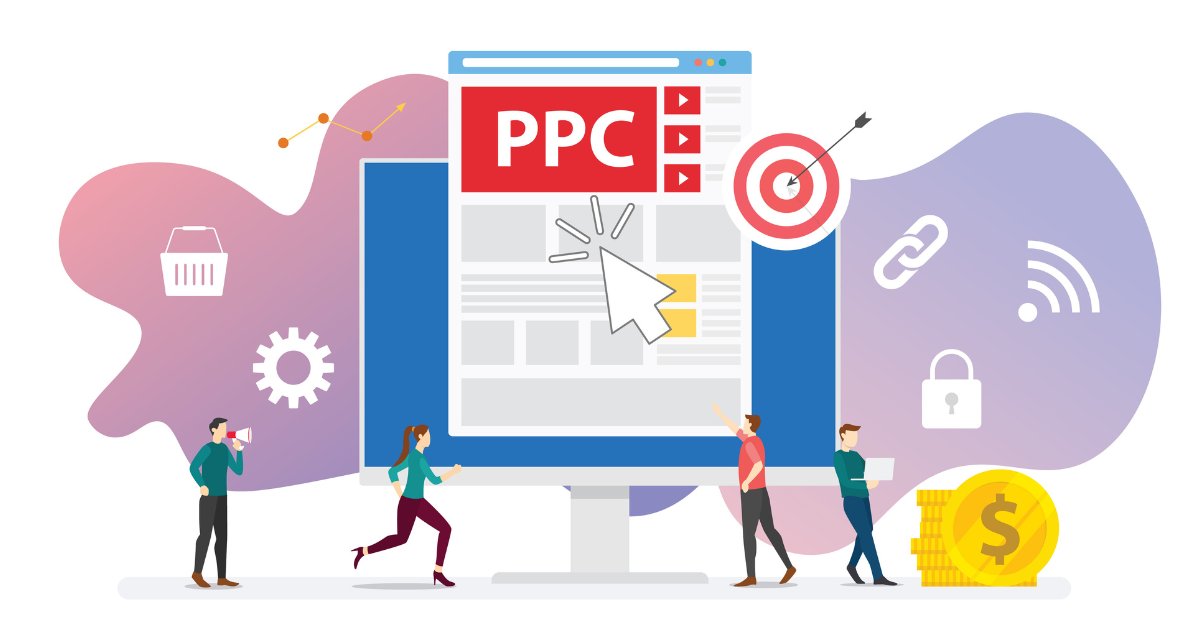Pay-Per-Click (PPC) advertising is a great way to target those searching for solutions and products like yours. In fact, at emfluence we often recommend PPC as a way for our clients to find new customers, leads or email subscribers, fast. On Google’s search results page, PPC ads are the listings at the top and down the right side, usually marked “Ad”. This is a pay-to-play game and the company that bids the most per click on a specified keyword usually gets the top spot.

PPC can range from a few hundred dollars to thousands of dollars per month depending on your industry, product and the competitiveness of the bidding process. A lot of competition makes it costly to dive in, so it can be difficult to know if it’ll work for your business and what’s the right amount to invest.
I worked with our head PPC manager here at emfluence and luckily by doing a bit of research, and plugging some of your real business numbers into return-on-investment calculations, you can easily figure out if PPC makes sense for you and how much to plan on spending.
STEP 1 – First, create your keyword list: those words you think people use to find solutions like yours. You can create a free Google AdWords account to start creating your list of search keyword terms. Using the Keyword Planner in AdWords, Google will show you the average number of times that a search term is used in a month. There’s a lot of other data that can be found in here as well, but for now, we’ll keep it simple.
In the example below, let’s say we offer charter flights. We’ll just use 5 keywords for our example, but you’ll likely be looking at many more. Our 5 keywords have a total of 100,000 impressions per month. (These numbers aren’t real. They’ve been simplified for this example.)

STEP 2 – Next, determine your average monthly ad spend based on average number of clicks you can expect to generate per month. In the AdWords Keyword Planner, type in different bids – try $1 or $5 to start – and see what average position and average number of clicks per month would be for that price. In the highly competitive industry of charter flights, the average cost per click (CPC) is $5.00 with about 2,000 clicks per month for ads that show up 2nd or 3rd in the search rankings. Multiply your average CPC by the number of clicks we can expect to get our monthly ad spend for these keywords.

STEP 3 – Then, estimate your number of conversions. Calculating a conversion rate can be tricky because every company or industry defines conversions differently. For e-commerce websites, it’s fairly easy to track the final sale back to the ad through Google Analytics. For offline services and products, PPC can feed the sales funnel, through lead generation form, a phone call, or any other action on a site you would count as a conversion. Whatever you consider your online conversion, you can set up conversion tracking to monitor how your ads and keywords perform against each other (and your other initiatives). Let’s say our analytics show that we typically have a modest conversion rate from our website leads of 1%. Multiply the estimated conversion rate by the estimated number of clicks (in step 2, above) to calculate potential conversions. In our example, of those 2,000 clicks, we can estimate that we’d see about 20 conversions.

STEP 4 – Finally, calculate your potential sales from PPC leads. If you already know your average order value, then multiply that times the 20 conversions. If your 20 conversions are people who are just starting down the sales funnel, you can make some educated guesses on potential sales. What percent of your inbound leads will actually make a purchase? For our example, we’ll assume that 25% of the 20 conversions will go on to book a private plane, or 5 conversions. Let’s say each private plane rental is $20,000. So for every 20 leads PPC brings in, we can expect $100,000 in sales.

That return on investment looks pretty good, right? Spend $10,000 in PPC to bring in $100,000 in revenue. Of course, it’s not always that simple. Variations in search rankings, conversion rates, and total spend will all affect the outcome of your ROI. It’s easy to say that if you’re making a 10X ROI, you should double your spend, but you may not always double your revenues. Sometimes the 2nd and 3rd position can result in sales at a better ROI than paying the big bucks for the top spot.
PPC can be tricky. It’s important to monitor your campaigns daily and make adjustments to make your PPC spend as effective as possible. Need help calculating your PPC potential? Reach out to an expert@emfluence.com.



